RAF Calshot
Videos
Page
Royal Air Force Calshot or more simply RAF Calshot was initially a seaplane and flying boat station, and latterly a Royal Air Force marine craft maintenance and training unit. It was located at the end of Calshot Spit in Southampton Water, Hampshire, England, at grid reference SU487024. It was the main seaplane/flying boat development and training unit in the UK, with the landing area sheltered by the mainland, to the west, north and east, and the Isle of Wight, a few miles away to the south on the other side of the Solent, where seaplanes and flying boats were mass-produced by Saunders-Roe. It closed in 1961. Much of the former base has been preserved, with most of the site now being occupied by the RNLI.
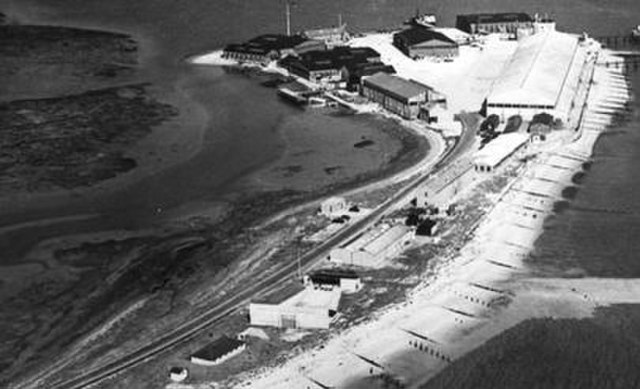
Aerial view, late 1920s.
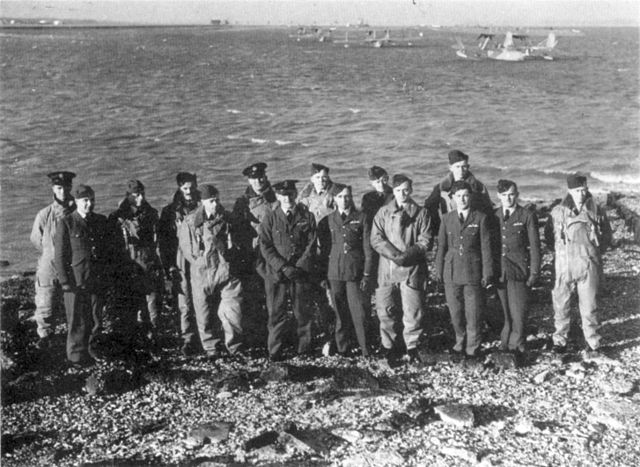
RAF personnel on the beach at Calshot, 1936.
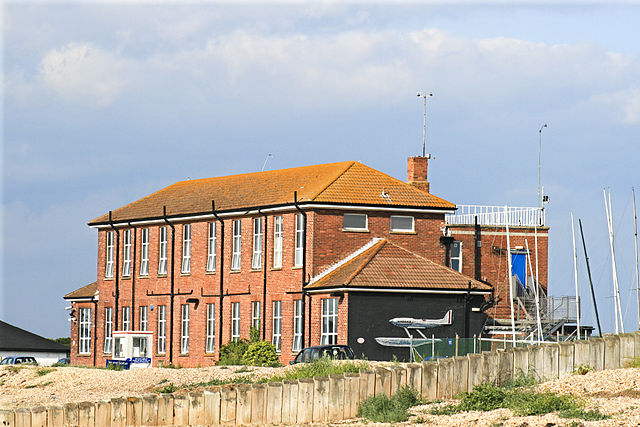
Houston House, formerly the officer's mess at RAF Calshot.

Plaque commemorating Lady Houston's funding for the 1931 RAF Schneider Trophy team.
Calshot Spit
Videos
Page
Calshot Spit is a one-mile long sand and shingle bank, near the village of Calshot, located on the southern bank of the open end of Southampton Water, on the south coast of England.

Calshot Spit
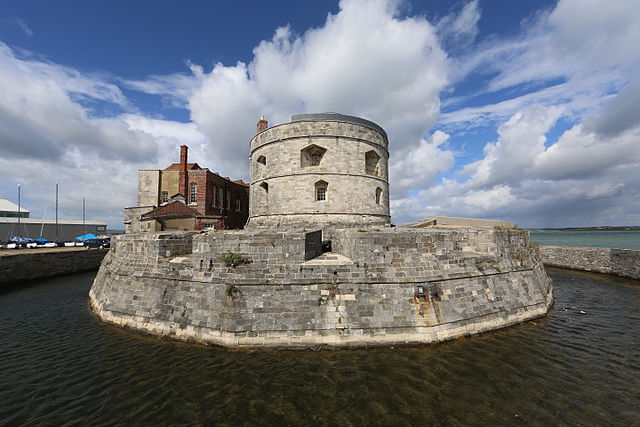
Calshot Castle

Houston House, the former officer's mess at RAF Calshot.
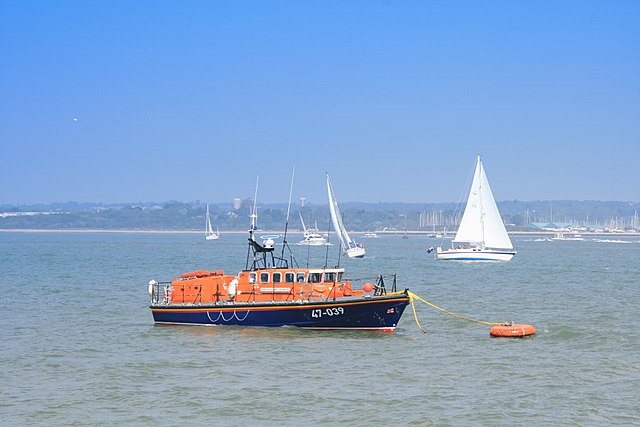
RNLI Tyne class lifeboat at Calshot Spit mooring